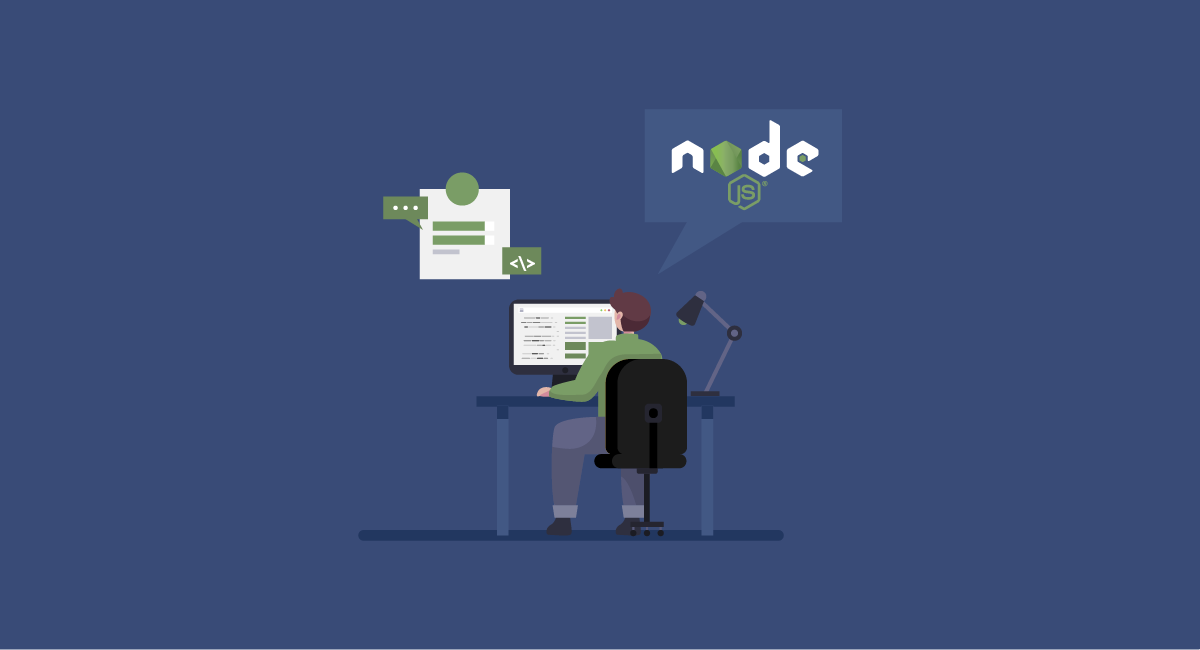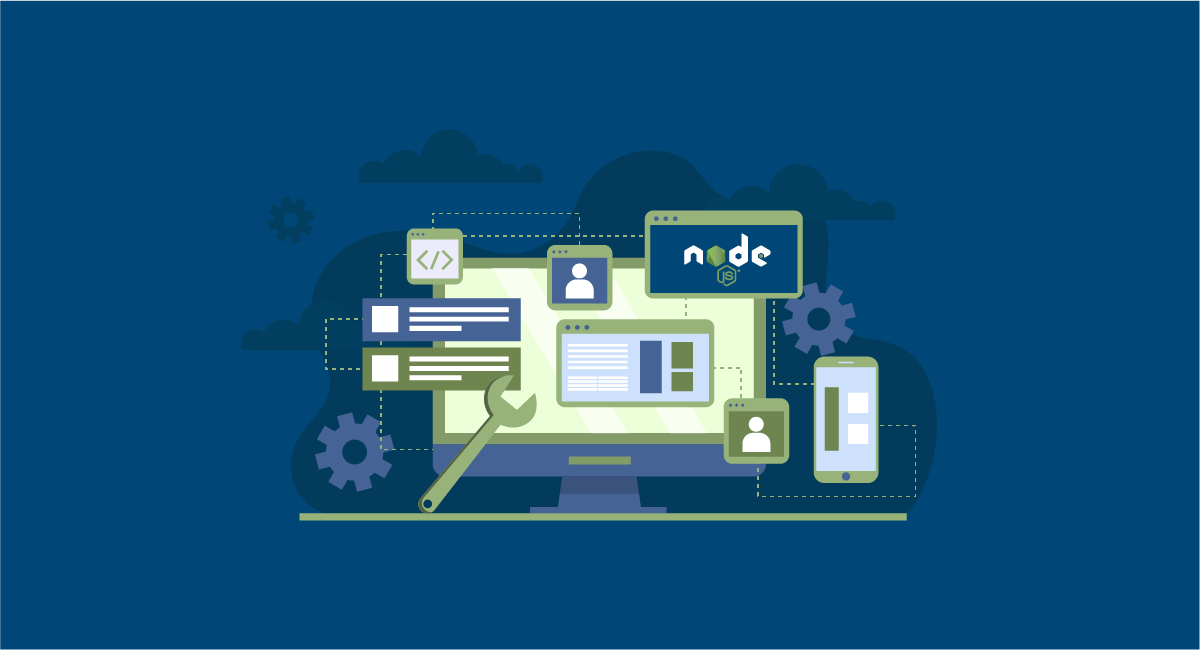To support JavaScript runtime environments on the back end, Node.js is a cross-platform, open-source framework that works well. Outside of a browser, JavaScript code is executed using the V8 engine. Node.js is a back-end JavaScript runtime environment that is open-source, cross-platform, and uses the V8 engine to execute JavaScript code outside of a browser.
It uses an input/output system that is reactive, event-driven, and non-blocking and runs on a single event loop. Node.js is a “JavaScript everywhere” strategy that unifies the creation of web applications by combining server-side and client-side scripts into a single programming language.

Because of its single-threaded event loop and event-driven, asynchronous, non-blocking input/output strategy, Node.js development trends are well-known. Additionally, it encourages the “JavaScript everywhere” paradigm, which streamlines the creation of online applications by using just one frame and one programming language for both clients and server-side scripts.
Development Trends in Node.js to Watch in 2023
Node.js is a well-known run-time environment that aids in building apps that are completely functioning. Node.js’s adaptability has helped it grow to be quite well-liked for creating mobile apps in addition to web-based ones. The following are the key Node.js platforms for development trends:
Rise of MEAN and MERN Stack
MEAN is a JavaScript stack that may be used to build dynamic websites and apps (MongoDB, Express, Angular, Node.js). JavaScript-based apps are interoperable with the whole MEAN stack. MERN (MongoDB, Express, React, Node.JS) is making a name for itself in the application development sector thanks to a couple of its benefits. Code-switching is no longer required thanks to this stack. Mean stack developers create the best applications knowing this trend.
The two tech stacks, MEAN and MERN, are employed by some of the largest businesses, like Netflix, PayPal, and more. They combine to build strong technologies in the area of application development.
Cloud Solutions
With Node.js, creating robust cloud-based apps is simple. Using Node.js, the current cloud apps may also be changed.
Because of Node.js’s widespread use, Google has released some tools that help developers create Node.js apps more quickly. Because artificial intelligence, machine learning, and cloud computing are all emerging technologies, cloud-based applications are wise for businesses and developers.
Real-time Applications Era
Because they improve user engagement, real-time apps are in demand. Additionally, they provide the best features and performance. Do you have any real-time applications in mind for your business? If so, think about integrating social media, live chat, ad servers, stock exchanges, and other interactive elements. Luckily, Node.js can satisfy all of your requirements. Here are a few real-time application examples that you may create with Node.Js.
Microservices
Microservices, which are essential for enabling the serverless approach, should be used if you wish to develop enterprise-grade solutions. Microservices provide a multitude of advantages in terms of performance and debugging by dividing different components of your program into discrete services. With Node.js, integrating microservices into your apps is much simpler. One of the most effective aspects of microservices is their capacity to support serverless architecture, which helps with the creation of large projects.

GraphQL Deployment in Node.js Apps
The newest development trend in Node.js development is GraphQL, which enables users to access Facebook APIs and change data.
The success of GraphQL may be attributed to its adaptability to a broad range of data sources as well as to how simple it is to install on many platforms with examples of placeholder structures. To get data 50% quicker, Node.js may simply be connected with GraphQL.
Internet of Things (IoT)
JavaScript gives a great platform called Node.js for building IoT apps. To better take advantage of microservices, real-time capabilities, and data-centric methods, the bulk of well-known IoT organizations have already begun employing professionals to develop Node. js-based IoT applications.
The primary benefit of Node.js is that it allows for speedier real-time execution. Additionally, it uses less server-side memory and other resources. Node.js gives programmers the ability to build scalable and successful IoT apps.
Conclusion
The Top 6 Node.js Trends For Developing Web Apps In 2023 Node.js has been used by a large number of businesses, demonstrating its enormous stability and growth. Node.js also makes it simple to build real-time functioning databases and streamline business operations. Considering the most recent improvements and contributions, Node.Js has a promising future.



